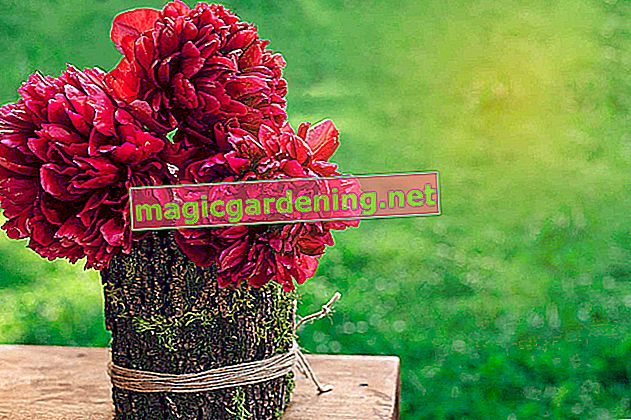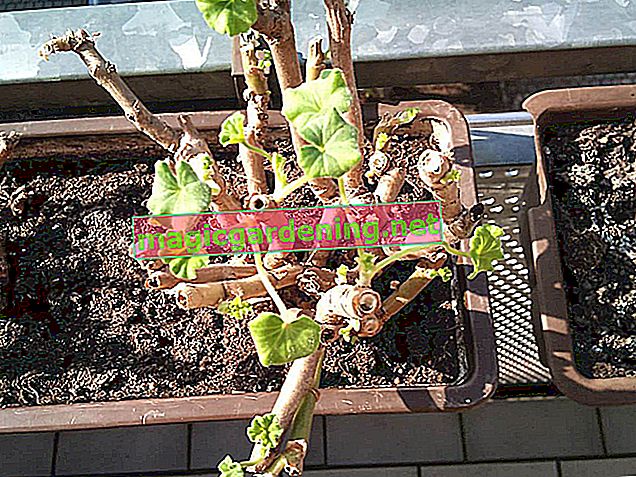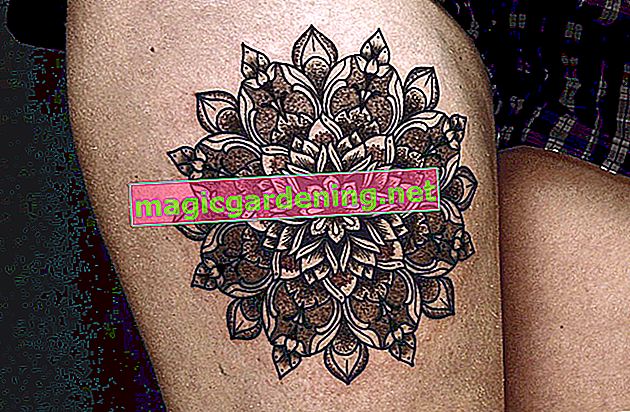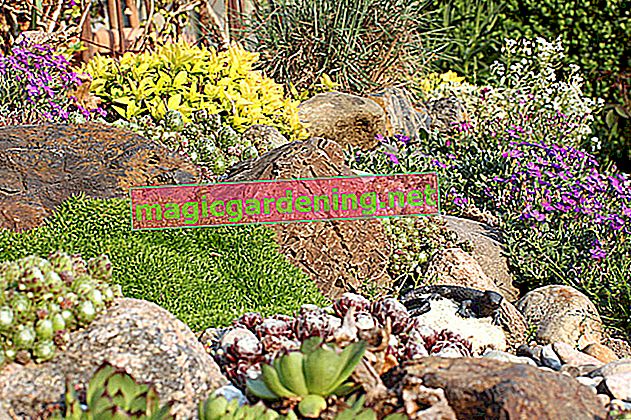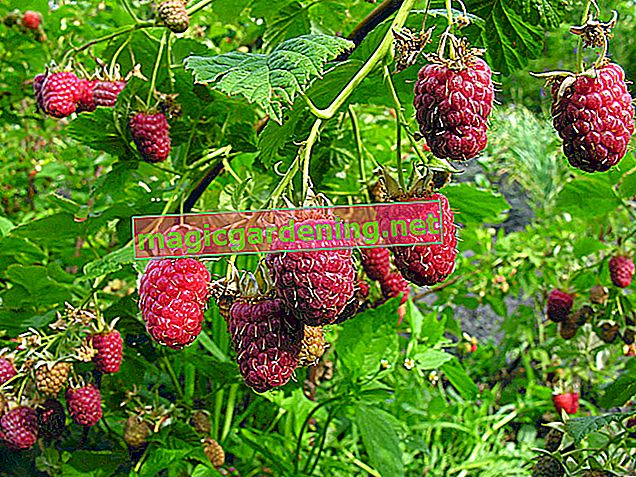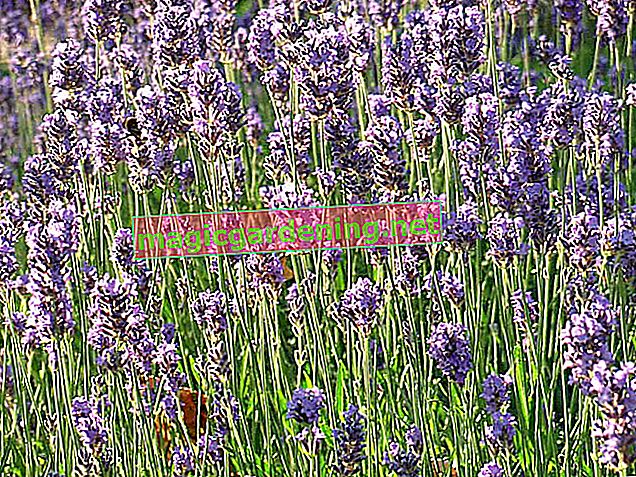
It quickly becomes too tight for the palm
Sometimes the plant lover only notices when the cracks in the clay pot show that it is high time to repot. Palms develop a very strong root system that is quite capable of bursting the vessel. In a pot with a crack, the substrate dries out far too quickly. If the main root clogs the drainage hole, water can no longer drain off and waterlogging, to which the plant reacts very sensitively, threatens.
also read
- Hibernate palm trees in a pot - this is how it works
- Are palms poisonous to humans or animals?
- The location requirements of palm trees
The right time
The best time to transplant is at the beginning of the growing season in spring. The months of March to May are ideal. If the pot turns out to be too small in the course of the year, it can also be repotted in summer.
Potting the palm
Water the palm well before moving it so that the root ball does not fall apart. Then proceed as follows:
- Remove the old pot very carefully so as not to damage the roots. Palms are very sensitive to this.
- If it cannot be pulled off, it is better to smash or cut it to protect the roots.
- Carefully remove the used substrate.
- Cut off dead root parts with a sharp knife. This also applies to the spiral of roots on the bottom of the pot, which can be found quite often in strongly growing specimens.
In order to prevent too rapid growth, the new planter should not be too large. A tall clay pot or bucket that is at most two sizes larger is ideal.
The substrate
Which soil palm trees prefer depends on the region in which they originally grow. Warmth-loving palm trees are placed in a mixture of heather and leafy soil with a small amount of peat, river sand and clay. Palms that thrive in cooler areas require a mixture of topsoil, some heather and lots of soft sand.
Pay attention to good drainage
Palms are very sensitive to waterlogging. It is therefore essential that the new pot has sufficiently large drainage holes. These are covered with potsherds so that the substrate does not clog them.
Then fill a drainage layer made of expanded clay (€ 17.50 at Amazon *) in the container. This not only stores a small amount of water, but also ensures that excess water is drained off quickly.
Insert palm
Put a thin layer of substrate on top and place the palm root ball on it. Fill up with soil, press down well and water.
Tips
Large planters are difficult to transport. This is a painful experience not only for garden enthusiasts, but also for retailers. Many palm trees are therefore sold in pots that are too small. Please always check how much substrate the new acquisition has available. It is often necessary to move the crop immediately after buying it.


